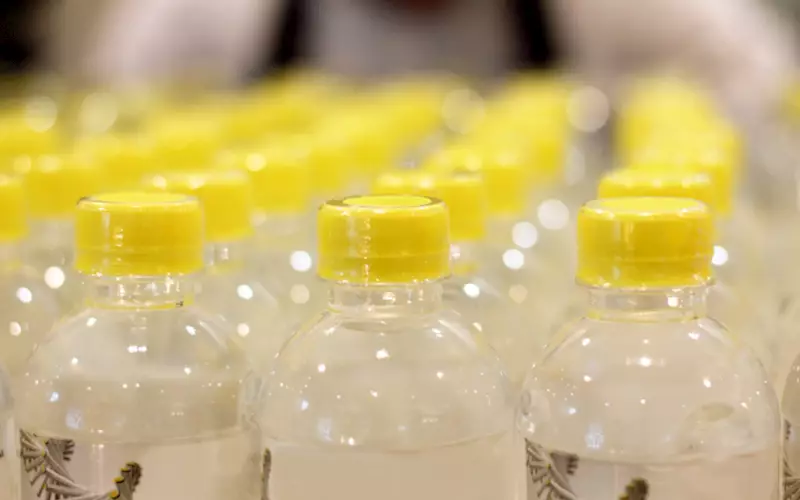European plastic market looks for alternatives in bioplastic, regulation
Plastics have come to an indispensable position in the European economy, and the value chain has only strengthened at rapid pace over the last decade. According to PlasticsEurope, an association of plastic manufacturers, as many as 1.5 million people in the continent are employed in the plastics industry value chain in some way or the other. It isn’t surprising that a large chunk—almost half if some estimates are to be believed—of all plastics produced are consumed in the packaging sector. Diverse end-use industries notably including food and beverages, pharmaceuticals, industrial products, and personal care and cosmetics continue to utilise the salient characteristics of plastics.
29 May 2021 | By WhatPackaging? Team
Environmental concerns
Notwithstanding the vast pervasiveness of plastics packaging in the everyday life of peoples in Europe, the mounting concern of burgeoning plastics waste worldwide has caused red flags among raw material providers to recyclers. Thus, industry stakeholders in the European plastic packaging market are relentlessly working to reduce the carbon footprint across the entire value chain. The versatility of plastics in packaging has triggered a flurry of activities over the past decade, which continues to 2021. Thus, the prospects are vast—with a market research firm projecting the market to exceed ~27,054 tonnes by the end of this decade.
With the backing of governments, companies in the ecosystem are undertaking a spectrum of initiatives to improve the environmental sustainability of plastics. The key objective is to promote its adaptability with the changing environmental regulations and support its acceptability. They are leveraging cutting-edge recycling technologies, building up the infrastructure, and finding novel ways to produce plastics.
Novel solutions
Numerous avenues have cropped up that aim to reduce the environmental footprint of plastics when used for packaging consumer goods. The incorporation of bioplastics is one of such avenues that have gathered steam over the years. The sustainability of plastics packaging in Europe has thus seen a new potential in bioplastics — a new way to overcome the use of petroleum-based plastics. The production typically uses plants, such as corn and cassava. These have risen in popularity among packaging companies and consumers in Europe for better end-of-life options — a key factor that fuels the plastic waste problem world over. Known for being compostable, or recyclable, or both, the chatter and buzz around bioplastics as the future of plastic packaging in Europe and other key economies of the world has only gotten starker.
However, the use of plastics may not be a win-win situation for all, since the production of bioplastics also has a significant carbon footprint. The only way is working to even out the adverse effects of processes with environmental benefits. The science to show the light, as various industry players concur. For instance, businesses in the European plastic packaging market are leaning on bringing transparency to labelling and certifications.
Regulations to accelerate efforts
The European plastics packaging market has seen several businesses coming out with innovative solutions to boost the circularity of plastics — from raw material sourcing to production to consumption to end-of-life disposing of.
The flexible packaging value chain is slated to see new strategic plans and opportunities in the European plastic packaging market. Regulators and associations are exploring possibilities here. They have joined hands with end markets of plastics to achieve a circular economy. They are collaboratively fighting off the climate change impacts of the sector.
At the forefront of these initiatives is the Circular Economy for Flexible Packaging initiative (CEFLEX). It has been actively developing guidelines that are at the heart of developing recyclable consumer packaging solutions. Among other things, these guidelines have attracted a slew of investments in sorting and recycling infrastructure, paving the way to new contours in European plastic packaging market.
Specifically, the norms will kick in new industry practices — across the collection, sorting, and recycling — among the packaging companies and speed up the efforts to make plastic packaging more environmentally friendly. Initially, they are focusing on helping businesses develop packaging solutions for the consumer markets. Eventually, such a series of efforts will open new possibilities in the European plastic packaging market.
Click here for further details.











 See All
See All